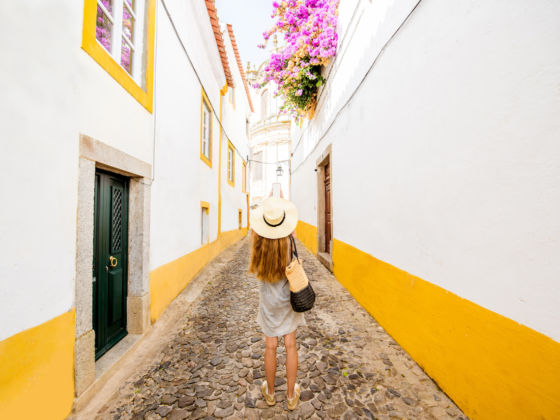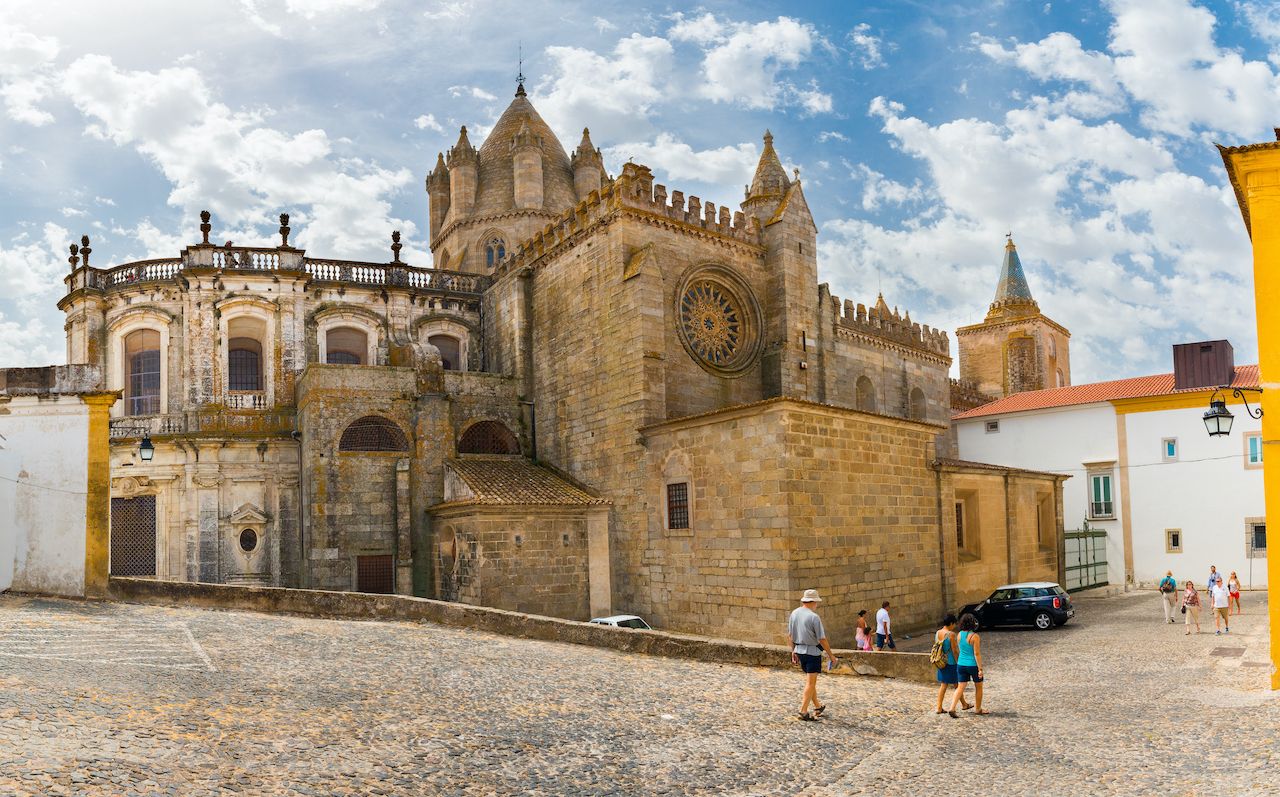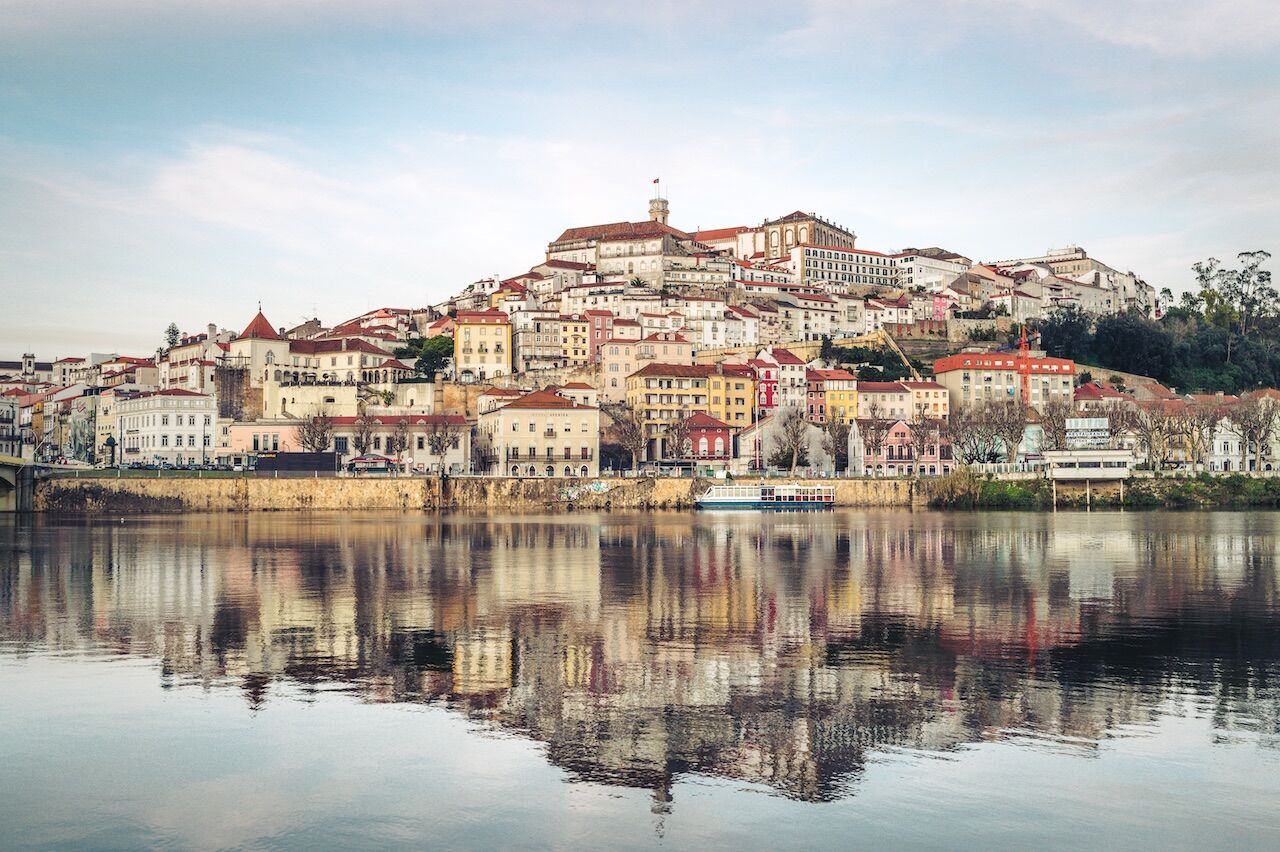Before the World Expo 2000, Euro 2004, and Cristiano Ronaldo, Portugal was one of Europe’s secrets. People looked at it as “that other country” in the Iberian peninsula, a mere appendage of Spain. And besides, most people had studied Spanish as opposed to Portuguese, its superior, arguably sexier, counterpart.
After these events, however, the rest of the world began to take notice of the Portugal. Lisbon was described as trendy, and the Algarve coast was heralded as the new European beach spot. A tourist avalanche ensued.
While Lisbon is a spectacular, cosmopolitan city, and the Algarve coast has world class waves and seafood, the rest of Portugal is relatively unvisited. Read on to find out about five fascinating alternatives in the land of Magellan, Camões, and José Saramago that are definitely worth your while.





